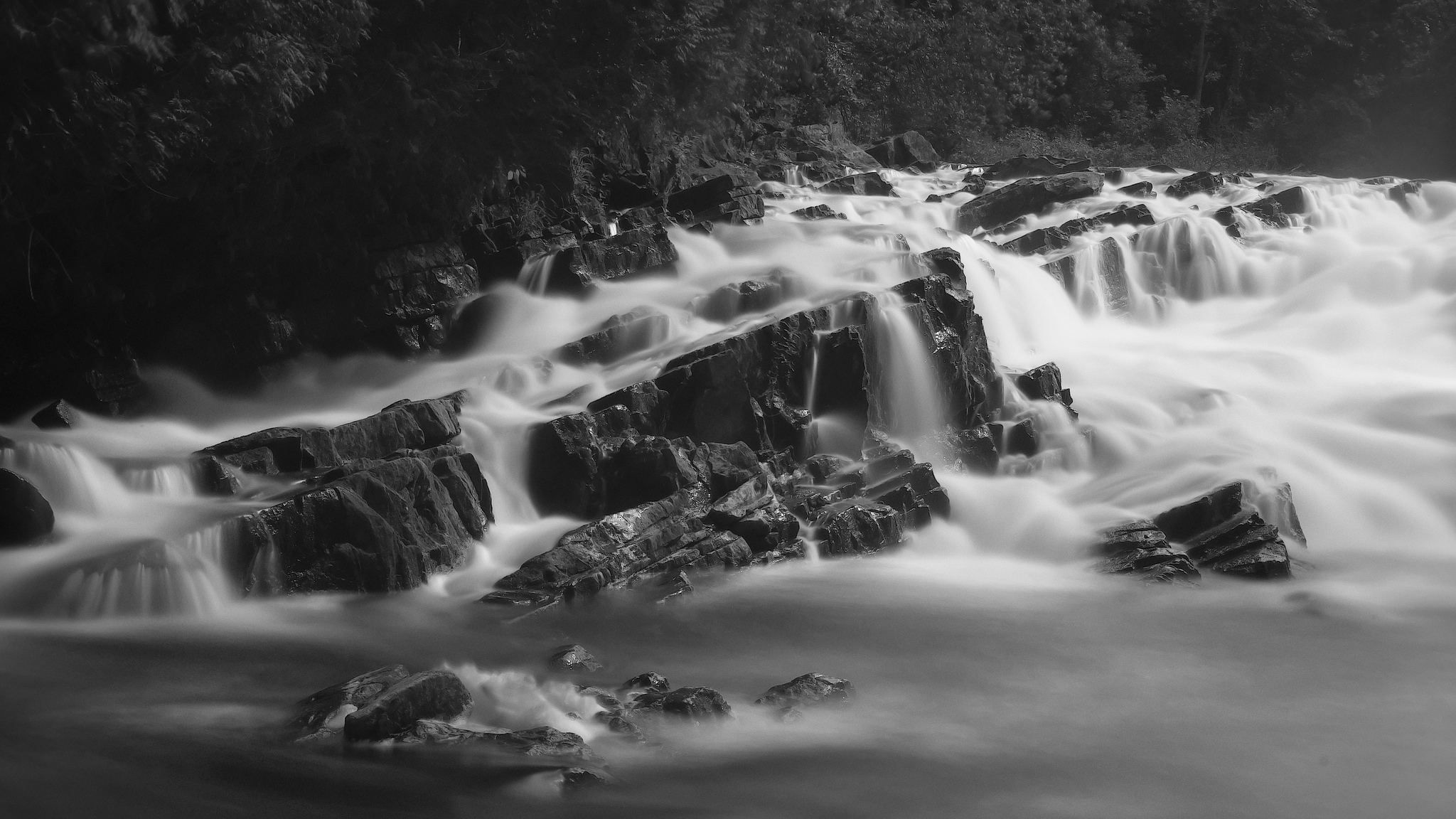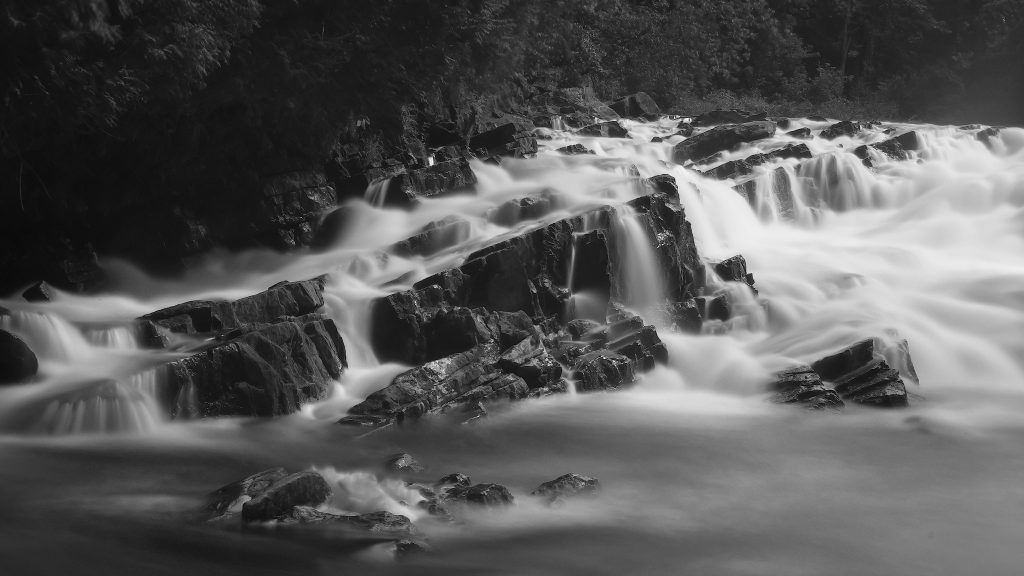Dynamic Images
Many people I talk with assume that landscape photography is ‘easy.’ After all, it’s nothing more than going somewhere pretty and snapping a shot, right? You don’t have to deal with fast-moving subjects, temperamental models or dangerous conditions, so what could be so hard?
The mistake that those people make is confusing ‘simple’ with ‘easy.’ Yes, landscape photography, at its core, is simple. You find a landscape, and you shoot it. However, as I’ve written before, landscape shooters face many challenges. The most obvious is contending with an ever-fickle Mother Nature. Landscape photographers are completely at the mercy of her whims, and even a stunning scene can be rendered boring by a flat, grey sky and poor light.
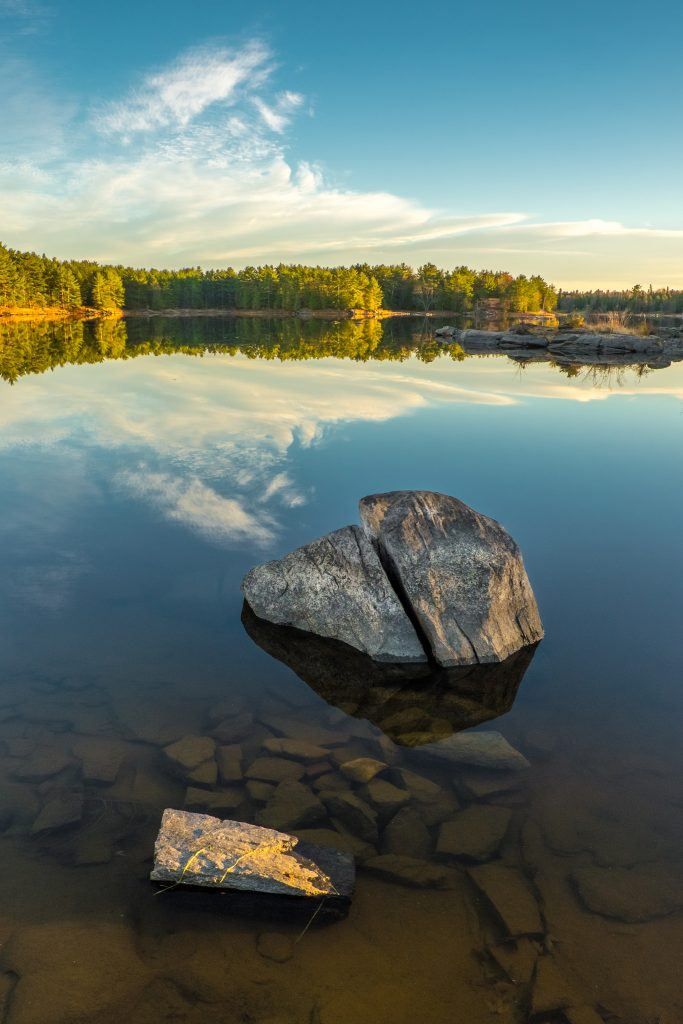
Photo by David Veldman
Recommended Reading: If you’d like to learn more about landscape photography, grab a copy of our best-selling premium guide, Complete Landscape Photography.
On top of contending with the weather, landscape shooters are often faced with another challenge: rising above the typical shot. Hundreds of photographers will photograph many vistas, and a committed landscape shooter is always searching for ways to make their image stand out, even just a little bit. I’ve written tips on how to do this before, such as using long exposures, changing aspect ratios, or simply shooting at different hours. Today I would like to share with you another tip – motion.
Landscape images, for the most part, are static images. Static means that the subject is not moving, and it’s often part of the attraction for landscape shooters. A landscape shooter does not require top-of-the-line auto focus or a fast burst rate, making landscapes one of the most accessible genres for new photographers. The photo on the previous page is an example of a perfectly static landscape image.
You can almost feel how still the river was, with mirror-calm water reflecting the sky. This is a static image, and in its own way, it works. But not every image needs to be static, or calm. Sometimes the grandeur of a scene requires a dynamic picture, an image that moves in our minds. This is where the concept of motion becomes invaluable. It enables us to show nature as a powerful force, moving and changing. Images that capture this sensation properly are often memorable.
Before we delve into examples of using motion, we need to examine the two main approaches to capturing it.
...Landscape shooters face many challenges. The most obvious is contending with an ever-fickle Mother Nature.
A Moment in Time
All pictures are a frozen moment in time. Compared to videos, which capture an extended period, this may seem like a limitation, but it is the attraction of photography. A good photograph is so pleasing to take because you know that you managed to capture just the right moment. This applies doubly to capturing motion.
Because capturing motion is so time sensitive, the setting we need to pay close attention to on our cameras is Shutter Speed.
Most of the time I tend to shoot my landscapes in Aperture Priority (Av). However, when intentionally factoring in motion, I will shoot in manual for ultimate control, and I recommend you do too.
As I mentioned earlier, there are two main ways to capture motion. Simply put, you can use a long shutter speed to blur the motion, or a short shutter speed to freeze it.
Which you choose to use will depend on the setting, and the mood you are trying to convey. Freezing motion will showcase explosive power, while a long exposure may better portray the inevitable march of Mother Nature. Before you shoot, consider which type of shot you are trying to create, and alter your settings accordingly.
Now that we’ve covered the basics of ‘how’ and ‘why’ to shoot motion, let’s jump right in to the ‘what.’ I am going to show you a few subjects that work well as captured motion and examples for each.
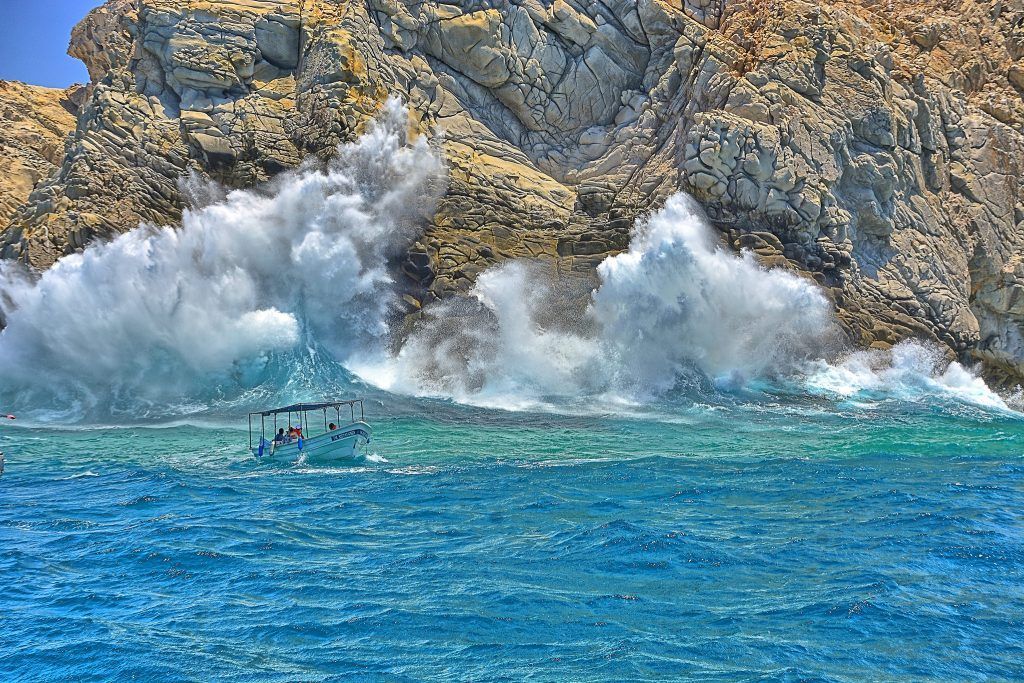
Photo by Kirt Edblom
Water
This one, as they say, is a no-brainer. It’s the strongest, easiest way to convey motion in an image. Water is a landscape photographer’s best friend.
Universally, people have a strong emotional reaction to water. Some would argue that this is merely a biological reaction, recognizing the importance of water for human survival. Others (like myself) feel that there is more to it than that. Water is ‘romantic.’ It is dynamic by nature, and when I have the chance to incorporate it into an image, I almost always do. In a landscape photo, water can lighten the frame or darken it, create reflections, or simply add depth. Finally, it can easily add a sense of motion to an image.
As I mentioned above, water motion can be handled in one of two ways. You can choose to capture it quickly, preserving every detail, or you can shoot a long exposure and turn it into beautiful white ribbons.
One common mistake that photographers make is only shooting water with long exposure times. Yes, waterfalls do look beautiful when rendered as milky white cascades, but in some cases, it is far better to freeze the action. A fast shutter speed better captures the feeling of power in water.
There are many types of water a landscape photographer may be faced with: lakes, oceans, rivers, waterfalls, and even rain. There are no fast and hard rules for shooting them. Instead, you must approach each different situation with an open and creative mind.
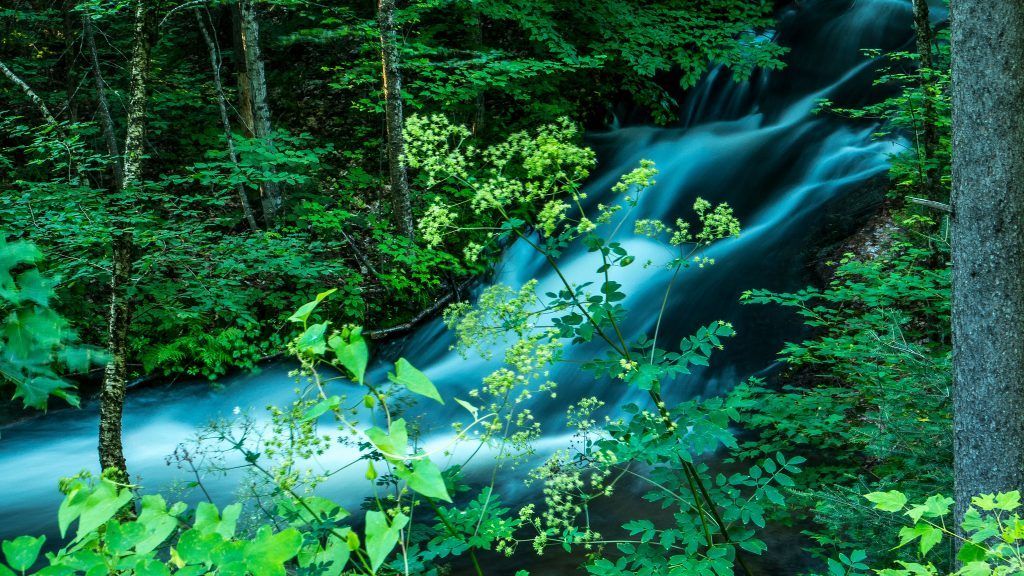
Photo by David Veldman
Recommended Reading: If you’d like to learn more about landscape photography, grab a copy of our best-selling premium guide: Complete Landscape Photography.
Clouds
Ok, admittedly, clouds are also technically water, but while they may indeed share molecular components with a river, clouds behave very differently. They are also no less important to a landscape photographer.
One common misconception people hold is that landscape shooters love cloudless blue skies. I’ve often been told: ‘Wow, what a beautiful day. Must be great for taking pictures.’ In fact, clear, blue skies are second only to flat, grey clouds as my least favorite shooting condition. Blue skies may make great beach days, but they tend to create dull, high-contrast images.
Clouds can add a great deal to a landscape image. They fill in the blank sky and provide beautiful highlights. In rough weather, jagged storm clouds can practically steal the show. So it’s no surprise that we can use clouds to create a sense of motion.
Clouds can add a great deal to a landscape image.
I prefer to use long shutter speeds when capturing moving clouds. If you are shooting during broad daylight, you will need a neutral density filter to use those long shutter speeds. Alternately, you can use software to stack a series of images. I have done this on many occasions, and enjoy the almost abstract effect it produces.
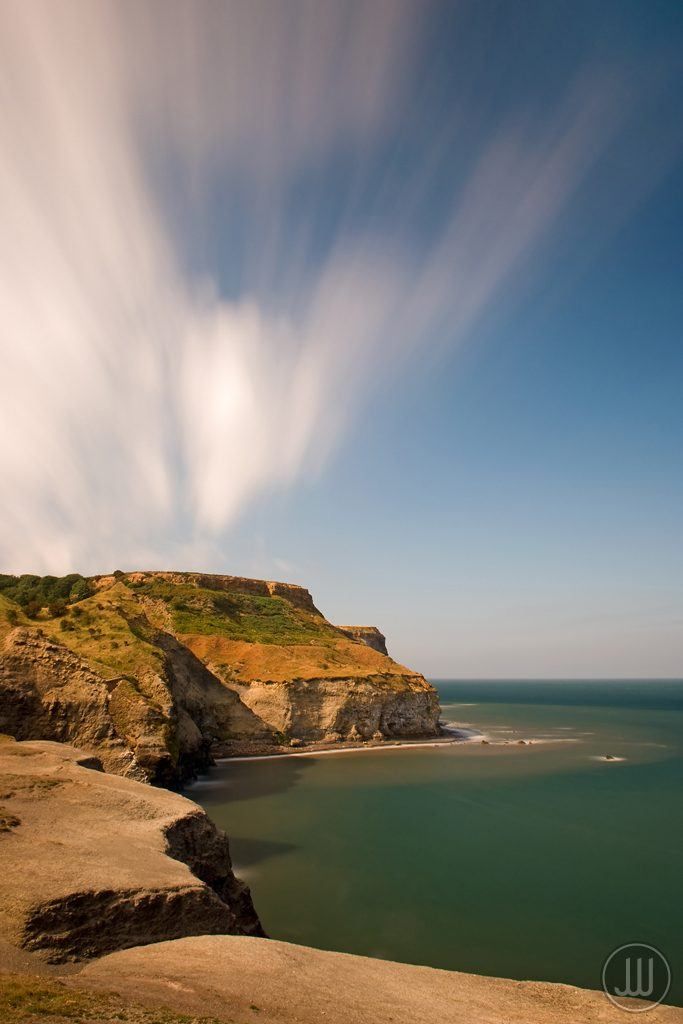
Photo by James Whitesmith
Fog and Mist
More water. While I said previously that clouds were unpredictable, fog and mist are even more so. They are also rare. I have gone months without seeing fog, but it largely depends on where you live on the globe.
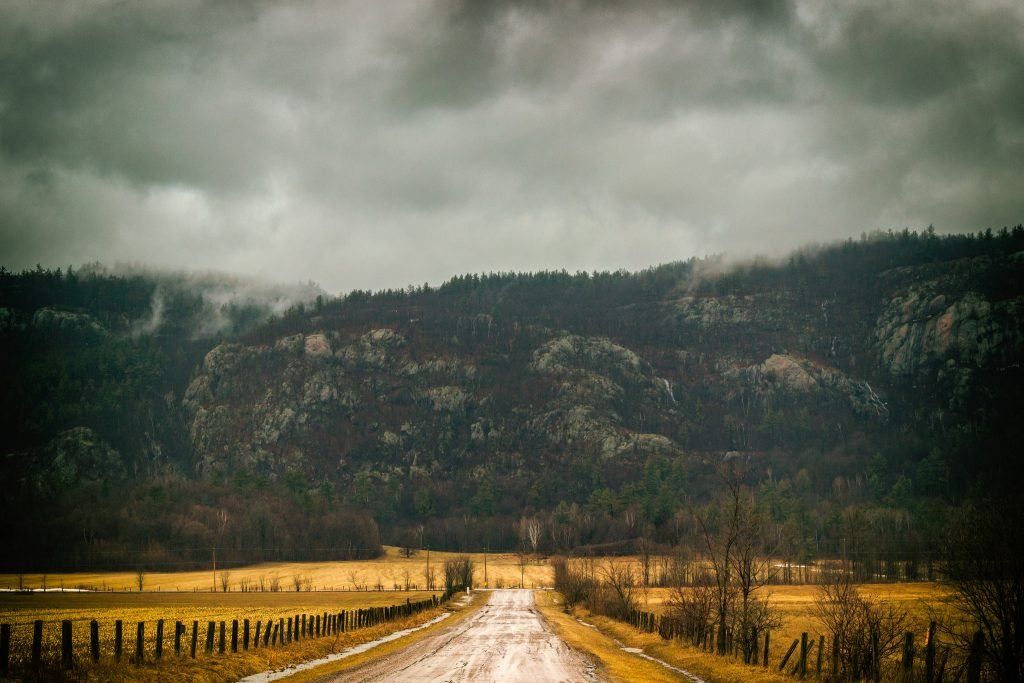
Photo by David Veldman
It can be very difficult to find fog, let alone capture it in motion. However, in the cases where you capture rolling fog, you may create a very interesting image. In the image above, I drove down a private road (with permission) to get close to the base of the escarpment. There I found the fog creeping over the summit and cascading down towards the plains. It was a magical moment.
Foliage
At times, wind can be frustrating for landscape photographers. It blows things in and out of our frame, and can even shake or knock over tripods. If the wind is particularly strong, try to embrace it instead of fighting it.
By using a long exposure, it is possible to blur the foliage of trees or plants in a creative manner. I find it works best when paired with another immovable element.
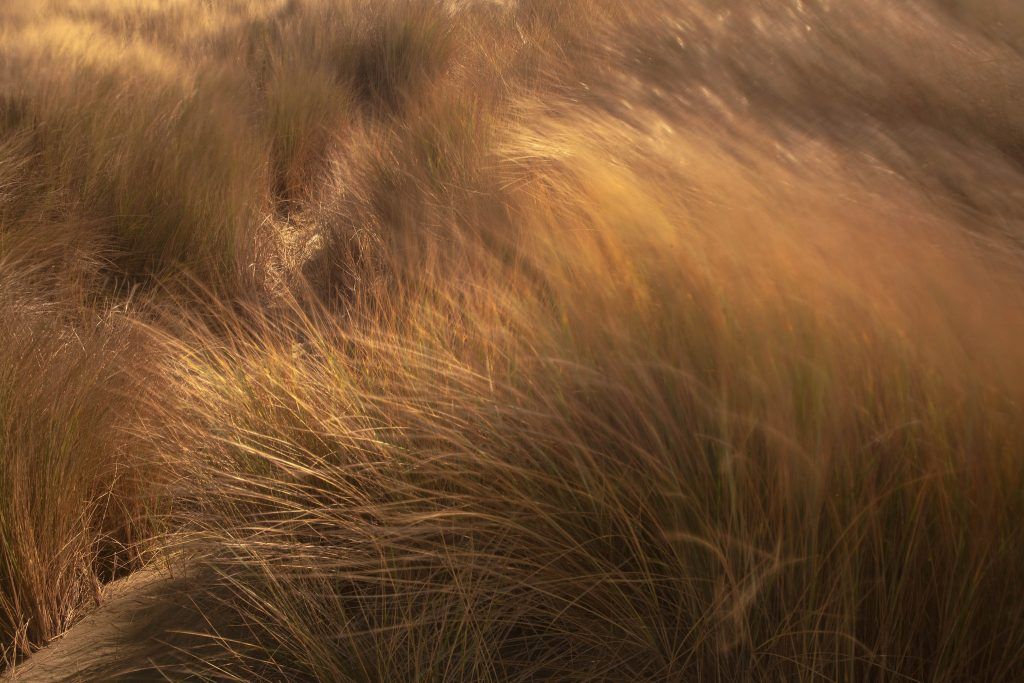
Photo by Jar O
Here you can see the photographer chose to use a long exposure of thirty seconds to intentionally blur the foliage moving in the wind. He did an excellent job, creating a real sense of motion without overwhelming the viewer. You can almost feel the wind blowing through the tall grass.
The Camera
This one may seem odd to you at first. Almost every photographer goes to great lengths to keep their camera steady. We use built-in stabilization, lens stabilizers, and even tripods to ensure that we get the sharpest, clearest image. However, in some cases, throwing away stability can result in dynamic, artistic-looking images.
I took the picture below on a whim. I wanted to capture the white bark of the birch trees, the green foliage and the blue sky. But I didn’t want to take a boring shot of some trees, so I used a technique called ‘intentional movement.’ I disabled the stabilization on my lens and set the shutter speed to 1/8th of a second. I twitched my hand as I fired the shutter, and with some trial and error, created the image you can see.
In essence, this technique is cheating – you aren’t capturing motion so much as creating it. However, it is a fun technique to play with, and can create some abstract, surreal images. If you’re presented with a boring scene, consider giving it a try.
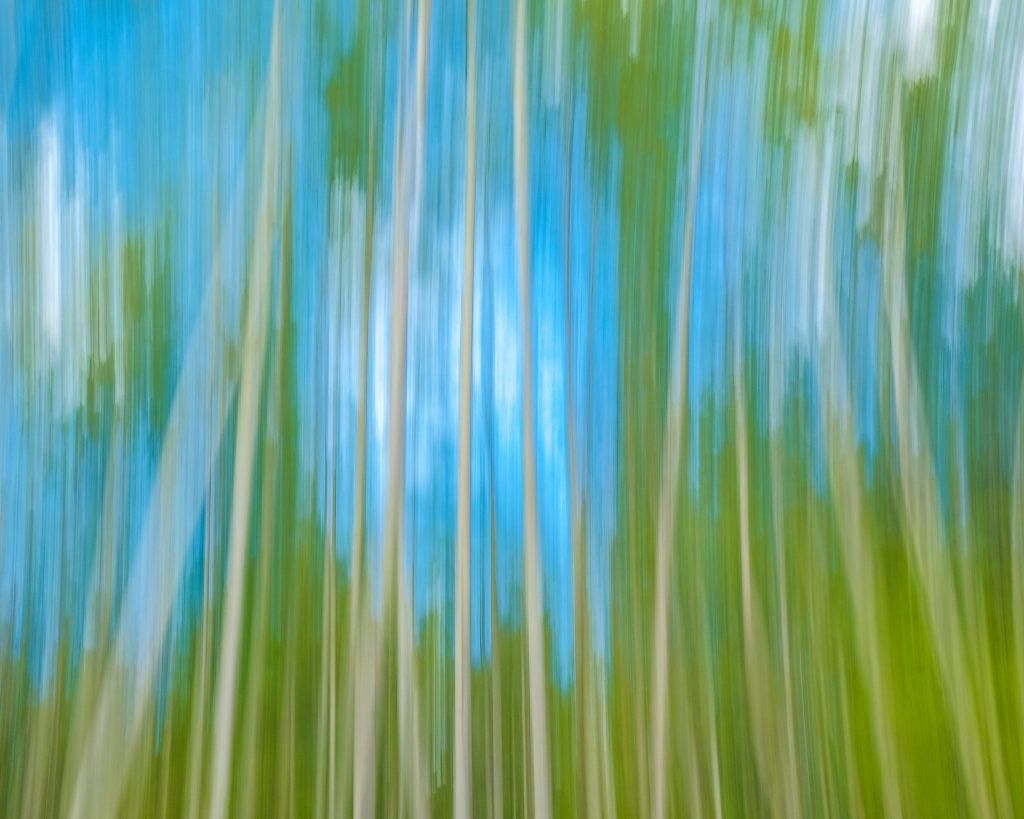
Photo by David Veldman
Conclusion
As you can see, there are many ways to capture motion in a landscape. The most important thing to remember is that you consider the key questions before you shoot: Do I want a static or dynamic shot? Do I want to freeze or blur motion? Asking these questions will help stir the creative juices, and encourage you to think more about what you are shooting. This in turn, will lead you to create better images in the long run.
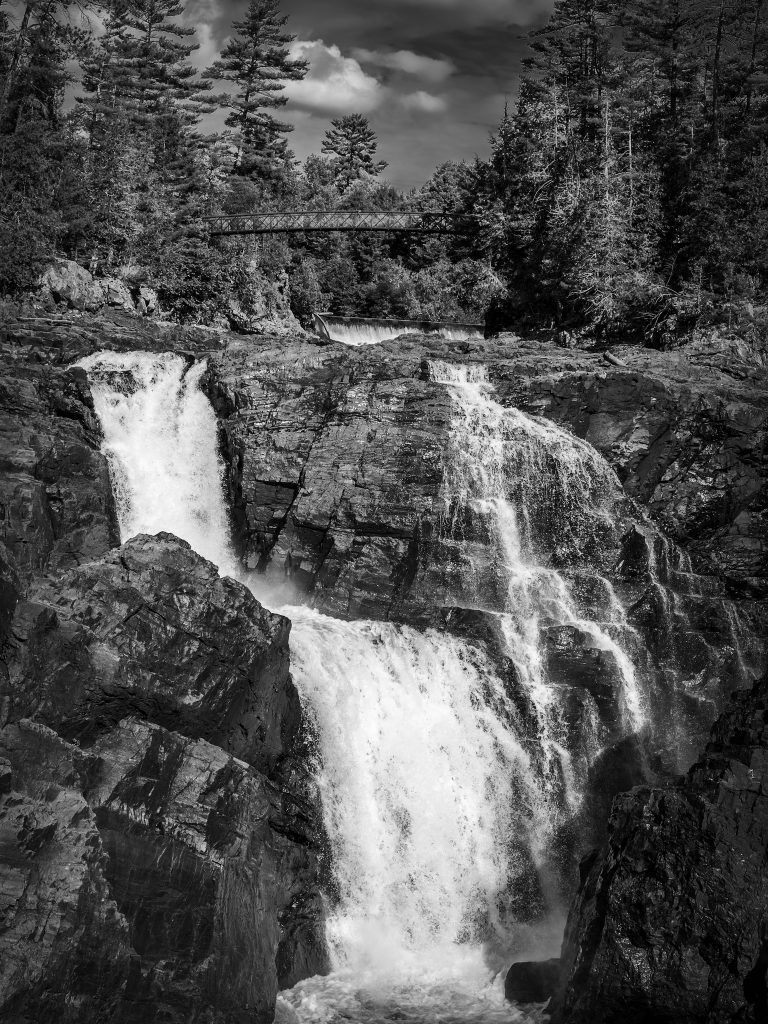
Photo by David Veldman
Recommended Reading: If you’d like to learn more about landscape photography, grab a copy of our best-selling premium guide: Complete Landscape Photography.


